How To Develop an NFT Marketplace?
Due to their exclusivity and indivisible nature, non-fungible tokens (NFTs) have been quite popular in recent years and are the perfect way to represent digital goods like works of art, collectibles, and gaming items. Since there is now a platform for buying and selling these assets, NFT markets have grown to be popular, and many businesspeople are trying to create their own NFT marketplaces.
What Are Non-Fungible Tokens (NFTs)?
A sort of digital asset known as a non-fungible token (NFT) denotes ownership of a special good or asset. Because they cannot be exchanged for one another like bitcoin or other cryptocurrencies, they are referred to as non-fungible. Each NFT is stored on a blockchain and has a distinct digital signature that confirms its ownership and legitimacy.
NFTs’ ability to represent a wide range of assets, such as artwork, collectibles, and even virtual real estate, is one of their key features. Since they guarantee ownership and authenticity, they have grown in popularity as a means for artists and creators to sell digital artwork, music, and other types of media.
NFTs have been used to symbolize exclusive in-game items in the gaming industry as well as to sell digital art for millions of dollars. They have the ability to fundamentally alter how we perceive value and ownership in the digital sphere.
What Is an NFT Marketplace?
An online marketplace for non-fungible tokens is known as an NFT marketplace (NFTs). These exchanges often function as decentralized applications (DApps) atop blockchains and allow users to buy and trade a variety of NFTs, such as artwork, collectibles, and virtual properties.
OpenSea, Rarible, and SuperRare are a few of the most well-known NFT marketplaces. These platforms frequently provide tools for creators to list and sell their own NFTs and typically charge a fee for each transaction.
Many NFT marketplaces include features like auctions, bidding, and the ability to exchange NFTs in addition to the ability to purchase and sell NFTs. Additionally, several markets offer tools for users to find up-and-coming artists and creators.
What Type of NFTs Can Be Listed on a Marketplace?
Due to the large range of assets that non-fungible tokens (NFTs) might represent, there are numerous distinct types of NFTs that can be listed on an NFT marketplace. The following are some of the NFTs that are most frequently advertised in marketplaces:
- Digital art: This includes digital paintings, illustrations, and other forms of digital media.
- Collectibles: This can include virtual trading cards, in-game items, and other virtual collectibles.
- Virtual real estate: This includes virtual land, buildings, and other virtual properties that are stored on a blockchain.
- Music: Some marketplaces allow artists to sell NFTs that represent ownership of a song or album.
- Videos: Some marketplaces allow creators to sell NFTs that represent ownership of a video or film.
- Memes: Some marketplaces allow users to buy and sell NFTs that represent popular internet memes.
There are numerous other asset classes that can be represented as NFTs and listed on an NFT marketplace in addition to these kinds of NFTs. NFTs’ prospective applications are still being researched, and they will probably grow in the future.
How Does an NFT Marketplace Work?
An online marketplace for non-fungible tokens is known as an NFT marketplace (NFTs). These marketplaces often function as decentralized applications (DApps) atop blockchains, enabling them to facilitate transactions between buyers and sellers in a secure and open manner.
Users must first register an account and link it to a digital wallet that supports the blockchain on which the NFT marketplace runs in order to utilize it. Then users can look through the many NFTs that are offered for sale by browsing the market. Depending on the listing, a user can either make an outright purchase or place a bid on an NFT they want to buy.
The NFT and the monies are transferred to the buyer’s and seller’s respective digital wallets after a transaction is complete. The usage of the blockchain has made the entire process secure and open.
Many NFT marketplaces offer additional services including auctions, bidding, and the opportunity for users to find up-and-coming artists and creators in addition to the option to buy and sell NFTs.
Key Features of an NFT Marketplace
NFT marketplaces frequently have a number of essential traits. These functions are intended to make it simple for users to trade non-fungible tokens (NFTs) and find up-and-coming producers. An NFT marketplace has a number of essential components, including:
- Listings: An NFT marketplace will typically have a section where users can browse and view the various NFTs that are available for sale. This may include information about the NFT, such as its price, the creator, and a description.
- Search and filters: Many NFT marketplaces offer search and filter tools that allow users to find specific types of NFTs or to discover new artists and creators.
- Auctions: Some marketplaces offer auctions, which allow users to place bids on NFTs. The highest bidder wins the auction and becomes the owner of the NFT.
- Bidding: Some marketplaces allow users to place bids on NFTs, rather than purchasing them outright. This allows buyers to try to get a good deal on an NFT.
- Trading: Some marketplaces allow users to trade NFTs with one another. This can be a good option for users who want to swap NFTs rather than buying or selling them.
- Creator tools: Many NFT marketplaces offer tools and resources for artists and creators to list and sell their own NFTs. This can include templates, tutorials, and other resources to help creators get started.
- Community features: Many NFT marketplaces have community features that allow users to connect with one another, discuss NFTs and the blockchain, and share their own creations.
How to Build an NFT Marketplace?
A number of phases are involved in creating an NFT marketplace, including picking a blockchain, setting up the technological foundation, and creating the user experience. The following are some general actions you can take to create an NFT market:
- Choose a blockchain: The first step in building an NFT marketplace is to choose a blockchain to build on. Some popular options for NFT marketplaces include Ethereum, EOS, and TRON. You will need to choose a blockchain that supports smart contracts and has the capacity to handle the volume of transactions that you expect your marketplace to generate.
- Set up the technical infrastructure: Once you have chosen a blockchain, you will need to set up the technical infrastructure for your NFT marketplace. This will typically involve setting up a server, installing a blockchain node, and configuring the necessary software and tools.
- Design the user interface: The user interface is an important aspect of any NFT marketplace, as it will be the main way that users interact with your platform. You will need to design the interface in a way that is user-friendly and intuitive, and that makes it easy for users to browse, search, and purchase NFTs.
- Implement smart contracts: Smart contracts are an essential component of an NFT marketplace, as they are used to facilitate transactions and ensure the security and authenticity of NFTs. You will need to implement smart contracts that handle the buying and selling of NFTs, as well as any other features that you want to include in your marketplace.
- Test and deploy your NFT marketplace: Once you have built and tested your NFT marketplace, you will need to deploy it on a blockchain. This will typically involve creating a new smart contract and deploying it to the blockchain. Once your NFT marketplace is live, you can begin inviting users to participate and start buying and selling NFTs.
Key Steps of NFT Marketplace Development
Here are some key steps that you should follow when developing an NFT marketplace:
- Research and planning: Before you begin development, it is important to research the NFT market and understand the needs and preferences of your target audience. You should also develop a clear plan for your NFT marketplace, including the features that you want to include and the overall design and user experience.
- Choose a blockchain: The blockchain is a critical component of an NFT marketplace, as it provides the underlying infrastructure for storing and managing NFTs. Some popular choices for NFT marketplaces include Ethereum, EOS, and TRON.
- Set up the technical infrastructure: This will involve setting up a server, installing a blockchain node, and configuring the necessary software and tools.
- Design the user interface: The user interface should be designed in a way that is intuitive and easy to use, and that makes it easy for users to browse, search, and purchase NFTs.
- Implement smart contracts: Smart contracts are used to facilitate transactions and ensure the security and authenticity of NFTs. You will need to implement smart contracts that handle the buying and selling of NFTs, as well as any other features that you want to include in your marketplace.
- Test and debug: Before launching your NFT marketplace, you should thoroughly test it to ensure that it is stable and free of bugs.
- Launch and promote: Once you have completed development and testing, you can launch your NFT marketplace and begin promoting it to potential users. This may involve creating a marketing plan and using various channels such as social media, paid advertising, and content marketing to reach your target audience.
Development From Scratch or Ready-Made Solution?
You have the choice of either beginning from scratch and developing the platform from the ground up when building an NFT marketplace or employing a pre-made solution. The most suitable course of action for you will rely on the particular requirements and available resources you have. Both strategies have benefits and drawbacks.
The most flexibility and customization are available when starting from scratch because you may design the platform precisely how you want it and include any features you want. However, since you’ll have to start from scratch, this strategy necessitates a large investment of time, money, and experience.
On the other hand, utilizing a pre-made solution might be a quicker and more economical choice. You can utilize one of the many pre-built NFT marketplace systems provided by firms as a starting point and then adapt and configure it to meet your needs. However, compared to starting from scratch, buying a pre-made solution may restrict your flexibility and customization possibilities.
In the end, your individual objectives, available resources, and top priorities will determine whether you should start from scratch or adopt a pre-made solution. Before selecting a choice, it is a good idea to carefully analyze the advantages and disadvantages of your options.
Conclusion
The ownership of a particular item or asset is represented by a non-fungible token (NFT), which is a sort of digital asset that is held on a blockchain. NFT marketplaces are online venues where users can trade NFTs for a variety of goods, such as artwork, collectibles, and virtual properties. You have two options when creating an NFT marketplace: either construct the platform from the ground up from scratch, or employ a pre-made solution. Your unique needs and available resources will determine which choice is best for you.




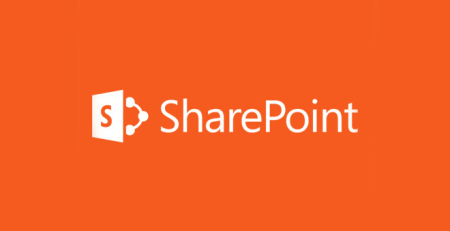
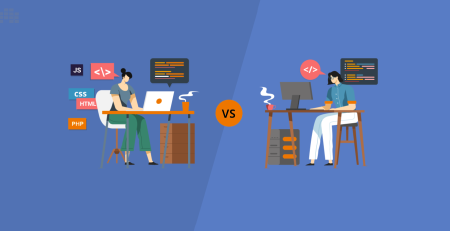

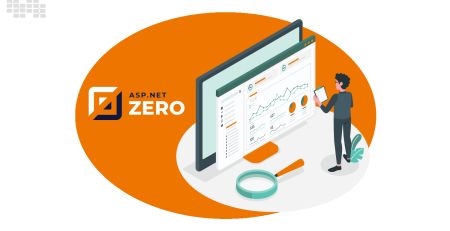

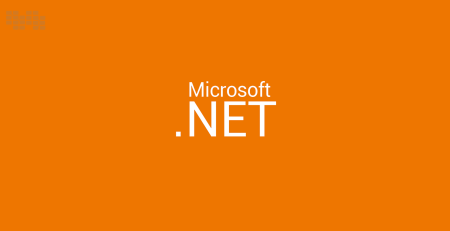

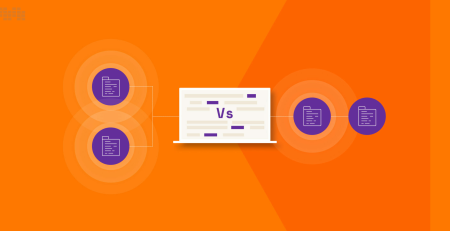
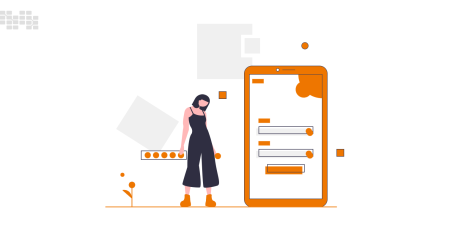
Leave a Reply